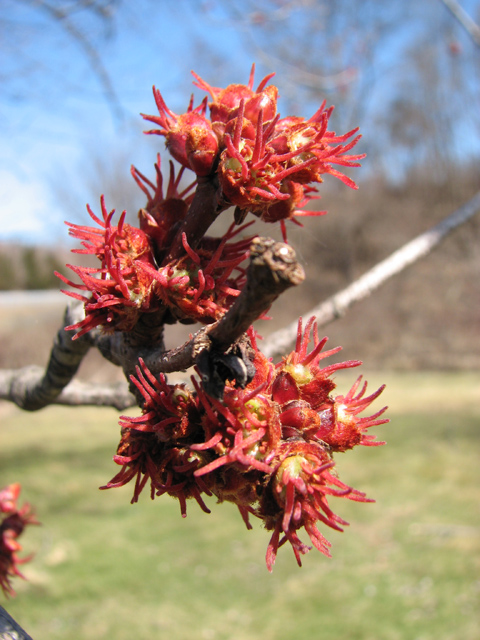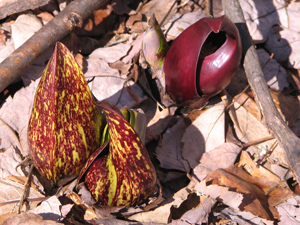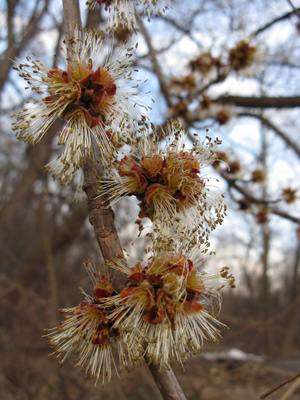
In 1922, T.S. Eliot called April the cruelest month. Since then, global warming may have pushed the ficklest season’s sweet torments into March. As of last weekend, it’s officially spring — and, oddly enough for the Catskills, the season kicked off with T-shirt weather instead of a foot of snow. In honor of the vernal equinox, we sought out an expert on the season: Francis Groeters, insect ecologist and co-owner of the Catskill Native Nursery in Kerhonkson.
What zone are you in?
We’re zone 6 now, with all the global warming we’ve had in the last decade or so. We used to be zone 5, a little colder. It’s pretty rare for us to get much below minus 10 these days. We’re in the foothills of the Catskill Mountains, so we’re a touch colder than the valley. You do get a lot of changes pretty quickly through elevation. Up through Minnewaska State Park and Cragsmoor is a lot colder.
Are there native plants that are hard to grow because they’re more alpine?
Sure. Bunchberry is a classic example, Cornus canadensis. It’s a type of dogwood. You don’t find it until you get to the high altitudes of the Catskills. If you live down in the Hudson Valley, you’re going to have trouble growing them.
What signs of spring are you seeing right now?
I’m going to sound like a crank, but fortunately, not too much. That’s a good thing. This weather we’re having right now — everybody loves it, but it’s too much, too soon. We don’t want to see apple trees flowering. It’s going to get cold again, and it’s going to damage a lot of that growth.
Silver maples are flowering, they started flowering about a week ago. It’s a little earlier than they should be, but it’s not too much of a problem for them. The native hazelnut is flowering. Most people don’t notice it. The female flowers are just this tiny purple thing. The male flowers are a little more obvious, they’re in the form of catkins. If you’re a little more in touch with nature, that’s something you’d notice. Skunk cabbage is the first perennial to flower. Most people don’t like hanging out in swamps, but if you do, it’s kind of fun to see it flowering. A lot of non-native things are flowering, like crocuses, but most native things are smart enough to know that it’s not quite spring yet.
I’ve seen the phoebe — they typically don’t come this far north until they have flies to catch. Ringneck ducks come through here on their spring migration northward — they stop at a local pond. They’ve been through and they’re gone already.

Are there any plants you’re particularly excited about this spring?
Being a native plant nursery, we’re more about plants that have been growing here for tens of thousands of years, not the newest horticultural creation. Some plants we try to see every spring are the woodland plants in our area. Hepatica, bloodroot, trout lilies, trillium, wild ginger. A lot of them are spring ephemerals. Dutchman’s breeches is one — a very brief flowering period, and then they’re gone. You really have to be on top of that and get out and check these things out. Otherwise you miss it.
What should local gardeners be doing or planning for right now?
Generally people push the season a little too much, and want to get out and start digging. If you work wet clay soils, you’ll end up compacting them. For the most part, unless you have a real sandy loam soil, you want to be doing cleanups, pruning, that kind of thing. Clean out your nest boxes, if you have them. Certainly, if you haven’t started some of your vegetable seeds already, you want to be doing that. Prune your grapes and apple trees. Try to avoid the temptation to work in the ground.
Catskill Native Nursery is on Samsonville Road in Kerhonkson, five miles from Route 209. They’re still shut down for the winter, but they'll be open for business by mid-April. Photos by Francis and Diane Groeters.














